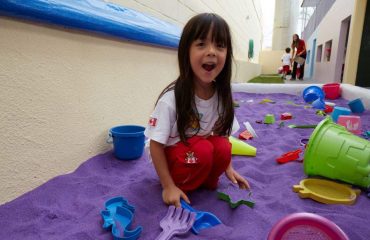In a world where children are constantly exposed to external stimuli, meditation and mindfulness offer a valuable approach to improving their well-being and concentration. More and more schools are incorporating these practices into their educational programs, and the results are promising.
What is Mindfulness?
Mindfulness is the practice of intentionally focusing on the present moment without judgment. It helps children better understand their emotions, manage stress, and improve their ability to concentrate.
The Benefits of Meditation at School
Integrating meditation, yoga, and mindfulness into the school environment brings numerous benefits:
Improved focus and attention: Students learn to recenter themselves and manage distractions more effectively.
Reduced stress and anxiety: Breathing exercises, relaxation techniques, and mindful movement help children better regulate their emotions.
Development of empathy and social skills: Mindfulness fosters kindness and strengthens relationships between students.
Better emotional regulation: Children learn to recognize and manage their emotions, creating a more peaceful classroom environment.
The Maple Bear Casablanca Experience
At Maple Bear Casablanca, we firmly believe that emotional well-being is at the heart of learning. That’s why we have integrated a weekly 45-minute Yoga session into our students’ schedule.
This gentle, age-appropriate practice combines movement, breathing, and calm moments. It allows children not only to improve their flexibility and coordination, but also to relax, listen to their bodies, and cultivate self-awareness and presence.
Yoga thus becomes a powerful tool for grounding and balance, contributing to better classroom focus and a more serene school atmosphere.
How to Integrate Meditation in Schools
Here are some effective ways to incorporate mindfulness into students’ daily routines:
Short guided meditation sessions: Just a few minutes a day can help children refocus.
Breathing and relaxation exercises: Teaching deep breathing helps calm the mind and reduce stress.
Moments of silence and reflection: Encourage students to pause and observe their thoughts and emotions.
Mindfulness-based activities: Games, coloring, and sensory exercises help develop attention and presence.
Body-centered practices like Yoga: A structured activity like yoga, practiced regularly, enhances body and emotional awareness while promoting relaxation and self-esteem.
A Positive Impact on Learning
Studies show that students who engage in meditation, yoga, and mindfulness perform better academically, adapt more easily to challenges, and manage conflicts more effectively. These practices help create a calmer and more focused learning environment.
By integrating meditation, mindfulness, and yoga into education, schools provide children with invaluable tools for their well-being and future success.

 Français
Français 


